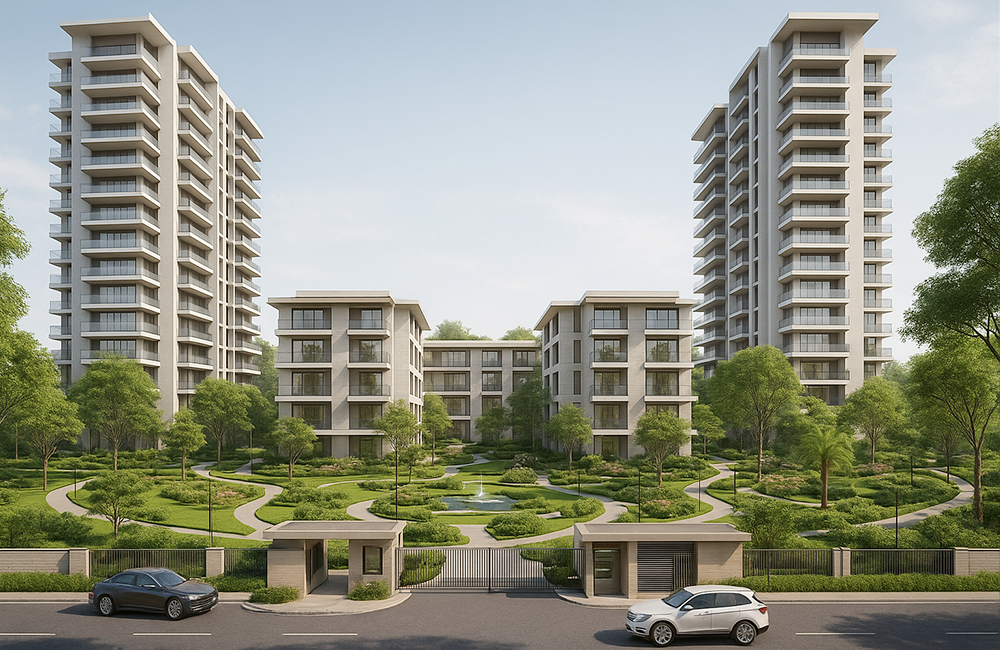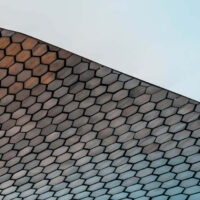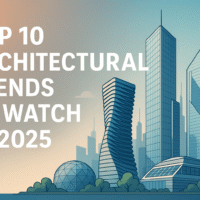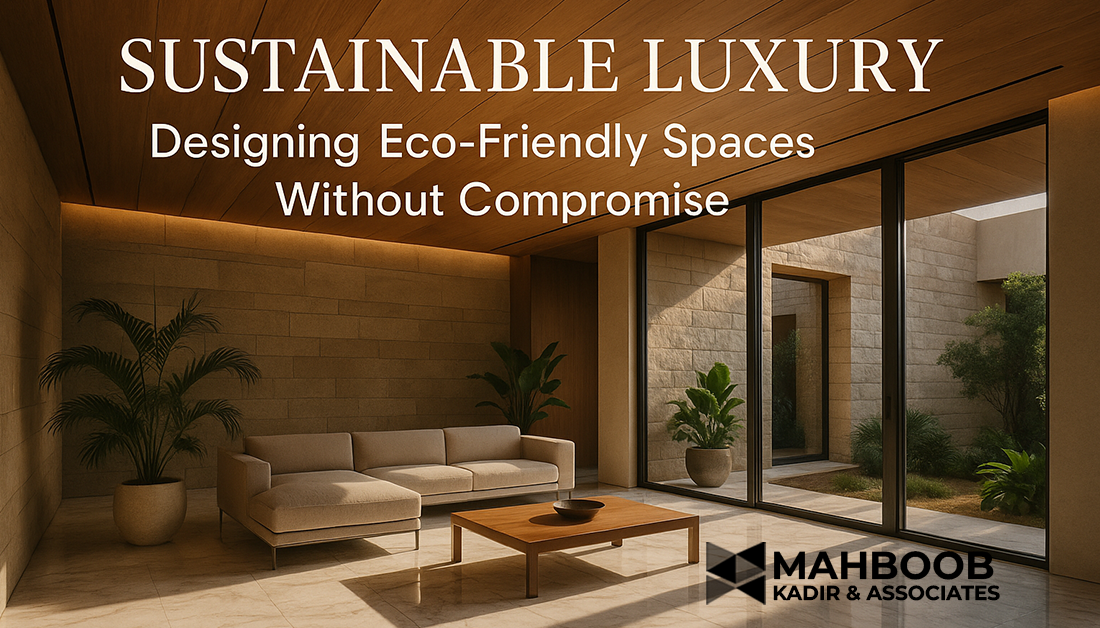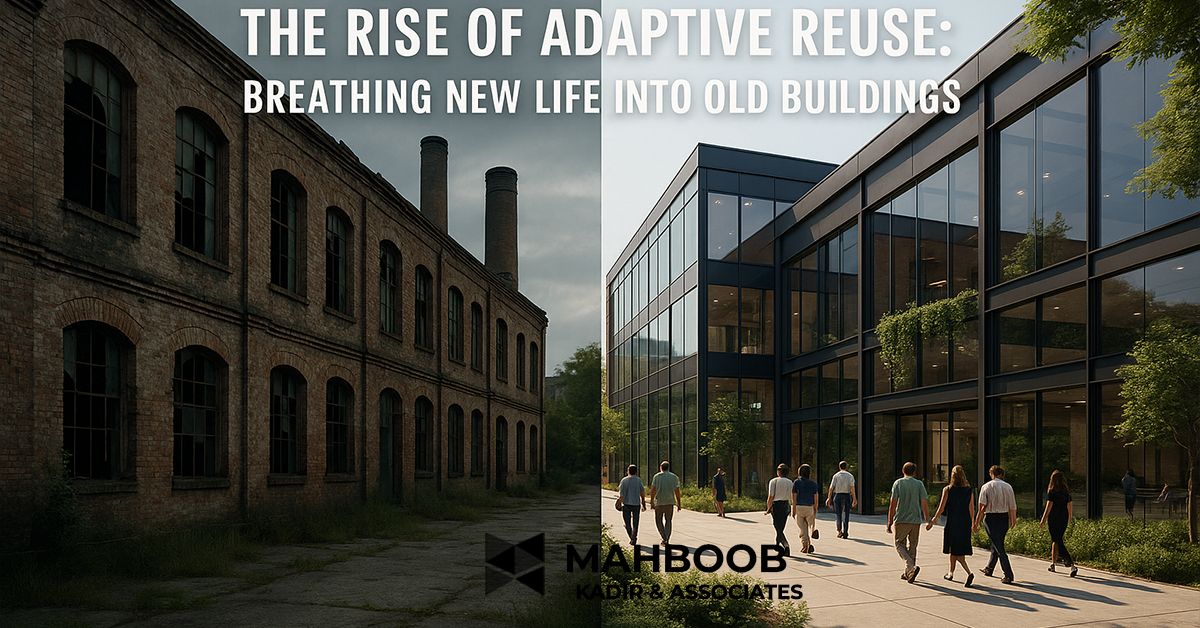Behind the Design: High-Rise Architecture in Urban Pakistan
Introduction: The Vertical Shift in Urban Pakistan,
As cities in Pakistan continue to expand and densify, urban landscapes are transforming in unprecedented ways. One of the most prominent changes is the proliferation of high-rise architecture. From commercial towers in Karachi to residential skyscrapers in Lahore and mixed-use complexes in Islamabad, vertical development is reshaping skylines across the country. This architectural evolution is driven by rapid urbanization, a growing population, economic aspirations, and a scarcity of land in city centers. But behind these tall structures lies a complex interplay of design challenges, cultural considerations, regulatory frameworks, and environmental factors.
This blog dives deep into the world of high-rise architecture in Pakistan, unpacking the intricacies of design, planning, and implementation that go into building upwards in urban environments.
The Context: Urbanization and Land Scarcity
Rising Population and Urban Sprawl
Pakistan’s urban population has grown significantly over the past few decades. According to the Pakistan Bureau of Statistics, over 37% of the population now resides in urban areas, and this number continues to rise annually. With increasing rural-to-urban migration and limited horizontal space in city centers, vertical construction offers a viable solution to housing and infrastructure needs.
Land Prices and Zoning Regulations
Land in central areas of major cities like Karachi, Lahore, and Islamabad is scarce and expensive. Zoning regulations are slowly adapting to this reality, encouraging vertical expansion in selected zones. Developers and architects are taking advantage of these regulatory shifts to propose high-rise structures that maximize utility on limited plots.
Designing for Density: The Architectural Perspective
Site Analysis and Feasibility Studies
The design of any high-rise building begins with an in-depth analysis of the site. Factors like soil quality, wind direction, sun path, seismic activity, and proximity to utilities all influence design decisions. In cities like Karachi, which lies in a seismic zone, structural resilience becomes a primary concern.
Optimizing Vertical Space
Efficient use of space is essential in high-rise architecture. Architects must balance structural integrity with functional layout. Core planning (location of elevators, staircases, and service shafts), mechanical systems, fire safety protocols, and circulation patterns are intricately designed to ensure the building’s usability and safety.
Façade Design and Environmental Response
The building envelope plays a crucial role in energy efficiency and aesthetics. In Pakistan’s hot climate, especially in cities like Multan or Hyderabad, architects often incorporate shading devices, ventilated facades, and high-performance glazing to reduce solar gain. These features not only enhance comfort but also lower operational energy costs.
Cultural Preferences in Residential Architecture
The Role of Culture and Community in High-Rise Living
In Pakistan, traditional living has favored low-rise, detached homes with ample outdoor spaces. Transitioning to vertical living requires a cultural shift. Modern apartment complexes now attempt to bridge this gap by integrating terraces, communal spaces, gardens, and prayer areas to mimic traditional courtyards.
Social Dynamics and Urban Livability
High-rise developments are not just structures but vertical communities. Designers must ensure social interaction, safety, privacy, and accessibility. Mixed-use developments, with retail, offices, and residences in one tower, are increasingly popular, promoting urban vibrancy and reducing the need for vehicular transport.
Engineering Marvels: Structural and Mechanical Innovations
Structural Systems and Earthquake ResilienceHigh-rise buildings in Pakistan must adhere to seismic codes. Engineers often use shear walls, core and outrigger systems, and moment-resisting frames to ensure structural stability. Innovations in concrete and steel technologies have allowed for taller and more slender buildings that can withstand wind and earthquake forces.
HVAC, Water Supply, and Vertical Transport
Efficient mechanical systems are critical for comfort and sustainability. Centralized HVAC, booster water pumps, and high-speed elevators with smart controls are integral components. With increasing focus on sustainability, features like greywater recycling, solar panels, and smart metering are becoming common in premium developments.
Regulatory Environment and Challenges
Building Codes and ApprovalsWhile some cities like Karachi have developed updated high-rise building codes, enforcement and consistency remain challenges. Approval processes are often slow and require coordination across multiple agencies, including city development authorities, utility providers, and fire safety departments.
Corruption and Compliance Issues
Another major challenge is the adherence to building regulations. Stories of developers bypassing safety norms or exceeding approved heights are not uncommon. This not only poses risks but also undermines the reputation of the architectural profession.
Sustainability and Green Architecture
LEED and Green Building Certification
There is a growing interest in green buildings and certification systems like LEED (Leadership in Energy and Environmental Design). High-rise projects now incorporate sustainable strategies such as rainwater harvesting, energy-efficient HVAC systems, and passive design principles.
Climate-Responsive Design
Given Pakistan’s diverse climate zones, climate-responsive design is crucial. In coastal cities like Karachi, ventilation and moisture control are priorities, while in inland cities like Lahore, insulation and thermal mass become key design considerations.
Signature High-Rise Projects in Pakistan
Bahria Icon Tower, Karachi
Standing at 300 meters, the Bahria Icon Tower is the tallest building in Pakistan. Designed by renowned architects, it houses offices, residences, and commercial spaces. It exemplifies modern engineering and a bold architectural statement in Pakistan’s skyline.
Centaurus, Islamabad
This mixed-use complex combines retail, residential, and hospitality functions. Its iconic design and central location have made it a symbol of Islamabad’s modernization.
The Future of High-Rise Architecture in Pakistan
Embracing Smart Cities and Technology
With smart cities like Ravi Urban Development in Lahore and planned eco-cities, high-rise architecture is poised to incorporate IoT, AI-based building management, and advanced construction technologies. These will enhance energy efficiency, safety, and user experience.
Affordable Vertical Housing
To combat the housing crisis, vertical social housing models are being explored. Government-backed schemes and PPPs (Public-Private Partnerships) could help in developing affordable high-rise units without compromising on design or safety.
Beyond Height—A Vision for Sustainable Urban Growth
High-rise architecture in Pakistan is not just about going vertical; it’s about reimagining urban life. It reflects a country in transition—aspiring for global standards while navigating local complexities. For architects, developers, policymakers, and communities, the journey involves innovation, responsibility, and a deep understanding of the urban fabric. As the skyline continues to rise, so too must our commitment to thoughtful design, sustainable growth, and inclusive development.
Written by: Mahboob Kadir
For: MK & Associates – Architectural Design & Visualization


